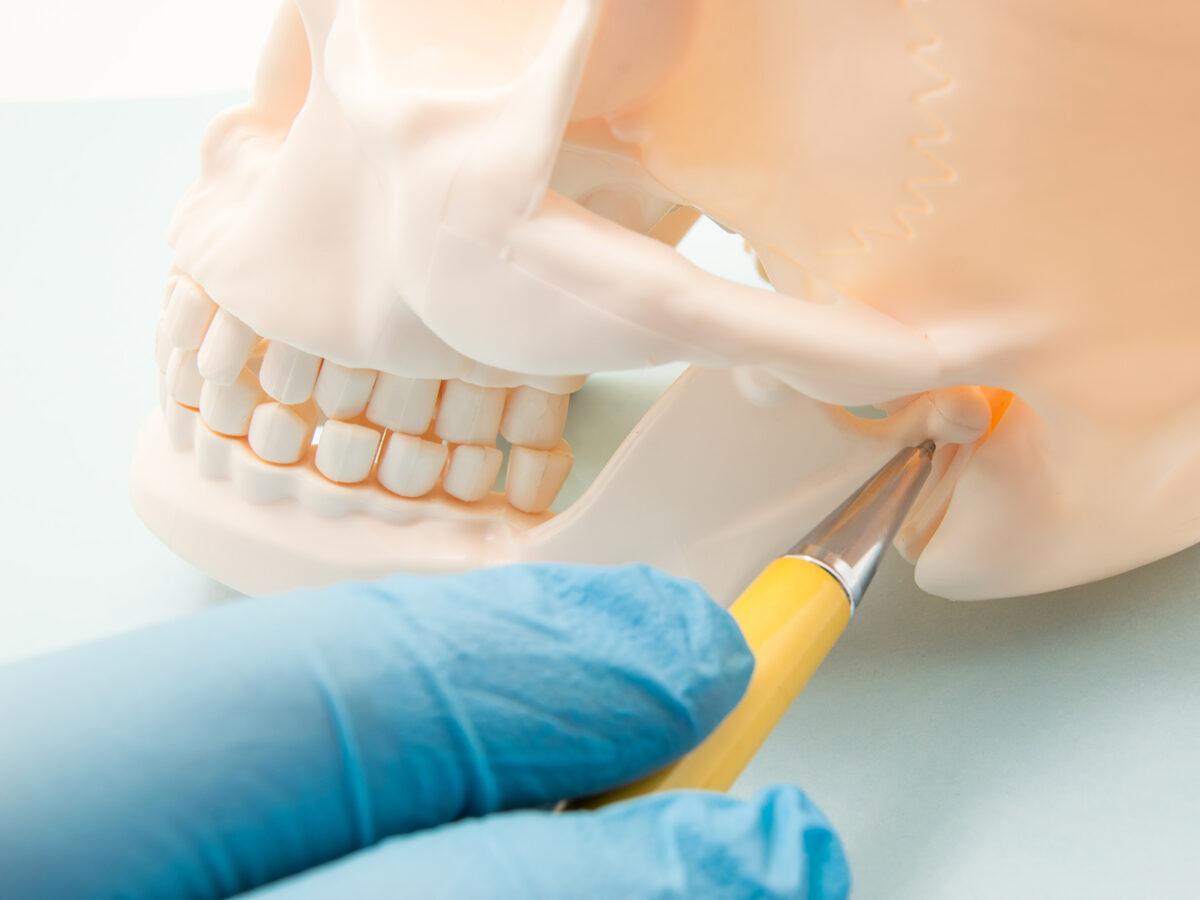Blog
Dental hygiene tips for healthy teeth & gums

How Are TMJ Disorders Treated?
The temporomandibular joint (TMJ) behaves like a sliding pivot, interfacing your jawbone with your skull. The structure of jaws is designed in a way that it has two joints on each side. This disorder is a temporomandibular issue or TMD that can cause pain in your jaw joint and the muscles controlling jaw development.
The specific reason for an individual’s TMJ problem is frequently challenging to understand. The pain caused due to this issue is a blend of factors, like hereditary qualities, joint pain, or jaw injury. Some people with jaw pain will often grind or grate their teeth, although there are people who constantly grind or grate their teeth but never develop this disorder.
The pain and uneasiness related to TMJ disorder are usually temporary and can be cured with a doctor’s consultation or nonsurgical medicines. The surgical process is the last option for the treatment of this disorder. It is used when conservative methods fail, and this option offers the best relief.
Symptoms of TMJ Disorder
Signs and symptoms of TMJ disorder might include:
- Pain or uneasiness in your jaw
- Pain in either of the temporomandibular joints
- Unbearable pain in and around your ear
- Trouble biting or pain while biting
- Hurting facial pain
- Deformed facial structure
- Difficulty in speaking
- Locking the joint makes it challenging to open or close your mouth.
TMJ disorder can likewise cause a clicking or grinding sensation when you open your mouth or bite. However, if there’s no pain or movement associated with development related to your jaw clicking, in that case, you don’t require treatment for a TMJ issue.
In minor cases, TMJ relief from discomfort is possible with nonsurgical treatment choices. The following are a few different ways you can assist with easing pain in your TMJ and side effects without a medical procedure:
- Proper positioning of your jaw
To reduce TMJ pain, limit wide jaw developments, like biting, yawning, singing, and shouting. Give the effort to keep your muscles as loose as could be expected.
- Right posture
Sitting in an unideal position for significant periods can make you feel more pain in your jaw.
- Get a good night’s sleep
Rest is important for good health. To assist with limiting TMJ pain, rest on your back and use cushions to help your neck. You need to avoid sleeping on your stomach, and if dozing on your side, don’t put your hand on your jaw.
- Use a hot or cold pack.
Ice helps reduce swelling and pain, while heat can increase blood flow and loosen jaw muscles. Applying a hot or ice pack can give instant relief and reduce the pain.
- Relief from stress
Try meditation techniques that help to release and loosen up your jaw. Yoga offers relief with less muscle pain, and other activities that relax your brain are also necessary to properly function facial muscles.
However, it depends upon the situation. If you’ve had a TMJ disorder because of an impermanent time of pressure, your symptoms will probably reduce once the stress is not there. However, pain caused because of misalignment of teeth can continue the TMJ disorder if not cured within a proper time.
Jaw pain may not be a serious cause, but it’s a matter of concern. If you have TMJ symptoms, consult your dentist and schedule an appointment for a thorough checkup. Proper treatment can assist you with dealing with the condition.
With proper medication, TMJ Disorder can be effectively treated. The critical step is seeing the medical consultation for an assessment, which helps reduce the effect before any harmful situation arises.
